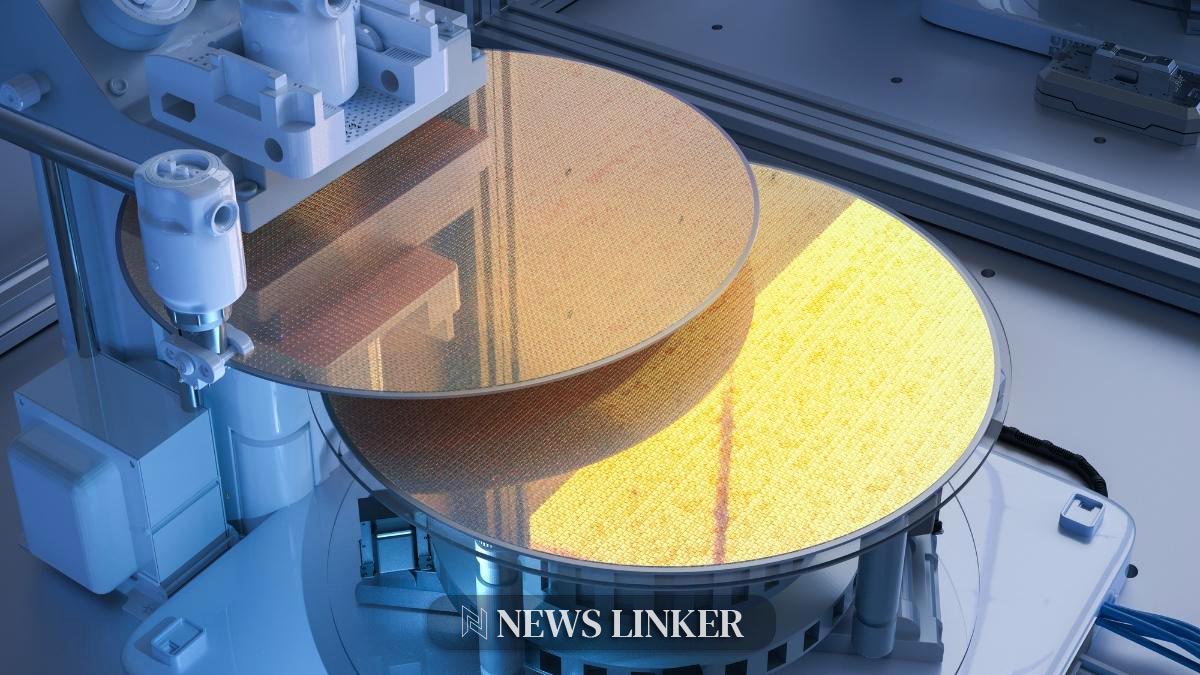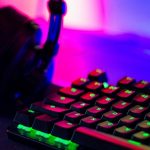Seoul National University recently emerged as the first-place winner in the second Form & Function University Robotics Challenge hosted by MassRobotics at the Robotics Summit & Expo. Their deployable gantry system, which impressed judges with its ability to 3D print on-site, showcased innovative use of technology under competitive conditions. The competition drew entries from twelve universities globally, each tasked to create robots that blend aesthetic appeal with functionality.
This competition is set within a broader context of increasing academic interest in robotics and automation. Over the years, university challenges like these have been pivotal in pushing the boundaries of what’s feasible in robotic technology and practical applications. They offer a platform for the next generation of engineers to demonstrate their prowess and innovative approaches to real-world problems. Historical trends in such competitions indicate a growing emphasis not only on the technical capabilities of the robots but also on their design and integration into daily tasks and larger systems.
Comparatively, this event has evolved significantly from earlier iterations which primarily focused on basic robotic functionalities. The inclusion of aesthetic considerations in the criteria reflects a shift towards more holistic design philosophies in robotics. These competitions have increasingly acted as incubators for cutting-edge ideas, some of which have found their way into commercial applications and academic research, highlighting the practical impact of these academic competitions on the broader field of robotics.
Highlights from the Event
The challenge, known for its intentionally vague guidelines, encourages a broad spectrum of ideas, ensuring a variety of innovative solutions. Apart from Seoul National University, Harvard University and Wentworth Institute of Technology also received accolades for their creations, securing second and third places respectively. Harvard introduced a Hydrocube for manipulating particles in liquids, while Wentworth showcased an underwater inspection robot. Additionally, the University of British Columbia received the Audience Choice award for their ember detection robot designed for post-wildfire monitoring.
Contributions and Technology Used
Significant contributions from industry partners such as AMD, Analog Devices, and Mitsubishi Electric among others, provided the teams with access to advanced components and software. This collaboration underscores the challenge’s role in bridging the gap between academia and industry, providing students with real-world applications for their theoretical knowledge.
Insights from the Winning Team
The winning team from Seoul National University specifically designed a robot that could adapt its shape and size thanks to the innovative use of Slide-and-Fold Enabling (SaFE) joints in its structure. This enabled them to tackle various challenges, including those anticipated in space and transportation sectors in the future.
MassRobotics and its university challenges are proving essential in nurturing the next wave of engineers and innovators. The creativity displayed in these challenges not only tests the participants’ engineering and design skills but also their ability to envision and tackle real-world problems through robotic solutions. As these technologies continue to develop, their integration into everyday life and critical industries seems increasingly plausible, potentially leading to significant advancements in how we interact with and manage our environment.










